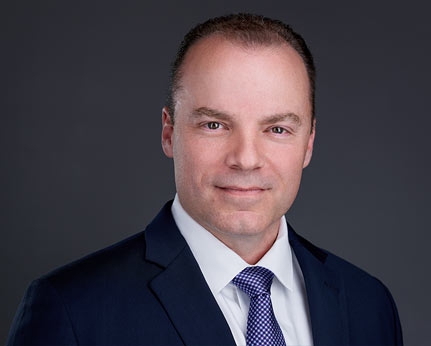.jpeg) Approximately half of all car crashes across the U.S. occur at or near intersections in urban areas, and a significant percentage of intersection wrecks are fatal. This means you’re literally taking your life in your hands each time you approach a busy intersection, our Houston auto accident attorney explains, so it’s important to exercise extreme caution to avoid a wreck when you enter a heavily traveled crossroads.
Approximately half of all car crashes across the U.S. occur at or near intersections in urban areas, and a significant percentage of intersection wrecks are fatal. This means you’re literally taking your life in your hands each time you approach a busy intersection, our Houston auto accident attorney explains, so it’s important to exercise extreme caution to avoid a wreck when you enter a heavily traveled crossroads.
How a Houston Intersection Crash Might Occur
Wrecks at intersections typically occur when:
- A motorist fails to stop for a red light or stop sign.
- A driver misjudges the closeness and/or speed of other vehicles when making a right turn.
- A motorist does not yield to oncoming traffic when turning left.
- A traffic light burns out or malfunctions, leaving drivers to navigate the intersection like a four-way stop.
If you were injured by a negligent driver in any of the scenarios above, you could be entitled to compensation from that driver’s insurance company for your damages, which include medical expenses, property damage, lost income, and pain and suffering.
Injuries Caused by Intersection Collisions
Injuries suffered in intersection accidents include:
- Whiplash
- Broken bones
- Cuts and burns
- Nerve damage
- Internal organ injuries
- Traumatic brain injuries
- Spinal cord damage
- Paralysis
Such serious injuries can result in high medical bills and significant lost income that makes your claim an expensive one the insurer is likely to dispute, devalue, or deny to save money. Your attorney can work to prove liability, demand a fair settlement, negotiate for a reasonable award, and take your case to trial if necessary.
Proving Fault in an Intersection Crash
To get compensation for damages sustained in an intersection wreck, you must prove the at-fault driver was liable. Doing so is not always easy on your own, especially if you were injured and are focused on your recovery. Some of the challenges that can arise are discussed below.
Arguments at the Scene of the Crash
Many intersection crashes take place when one motorist runs a red light or a stop sign and causes a collision. What follows is often a “swearing match,” during which both parties swear they had the green light or right of way. To determine who is actually liable, a Texas injury attorney can interview witnesses to the crash and get statements to use as evidence. It’s also possible that a nearby security camera or a red-light camera has recorded your accident. If it has, your lawyer will obtain video footage to use as evidence in your case.
If there are no eyewitnesses and no video footage, your attorney can obtain a copy of the police report and conduct a thorough investigation of the vehicles involved, as well as the accident scene. Skid marks, dented guardrails, damaged trees or poles, and damage to the vehicles involved can provide evidence of liability for the crash. Your lawyer can also call in an accident reconstructionist to give expert testimony and help establish fault for the accident.
Left-Turn-on-Green Negligence
While a driver who runs a red light is typically liable for a resulting intersection crash, it’s also possible for the driver with the green light to be at fault. A driver who has the green light and is making a left turn is required to use caution and yield to oncoming traffic.
If you’re hit broadside by a motorist who fails to yield when turning left, that driver is negligent and responsible for your damages. To make it more complicated, though, if you were speeding or driving after dark without your lights on, you could be found partially at fault for the accident.
Being Partially Responsible for the Crash
In Texas, you may still collect damages in a crash for which you’re partially at fault, but your award will be reduced according to your percentage of fault. If you were found to be 50% or more at fault, you would receive no compensation at all, so it’s a good idea to have an experienced attorney who can present evidence to show you were less than half responsible for your wreck.
What to Do at the Scene to Protect Your Claim
You can help your lawyer in advance by being proactive immediately after your wreck. If you are physically able, move to safety, call 9-1-1, take photos of the vehicles and the scene, exchange information with the other driver, get contact information from witnesses, seek medical attention immediately, notify your own insurer, and consult a lawyer. Do not admit any fault for anything to anybody.

